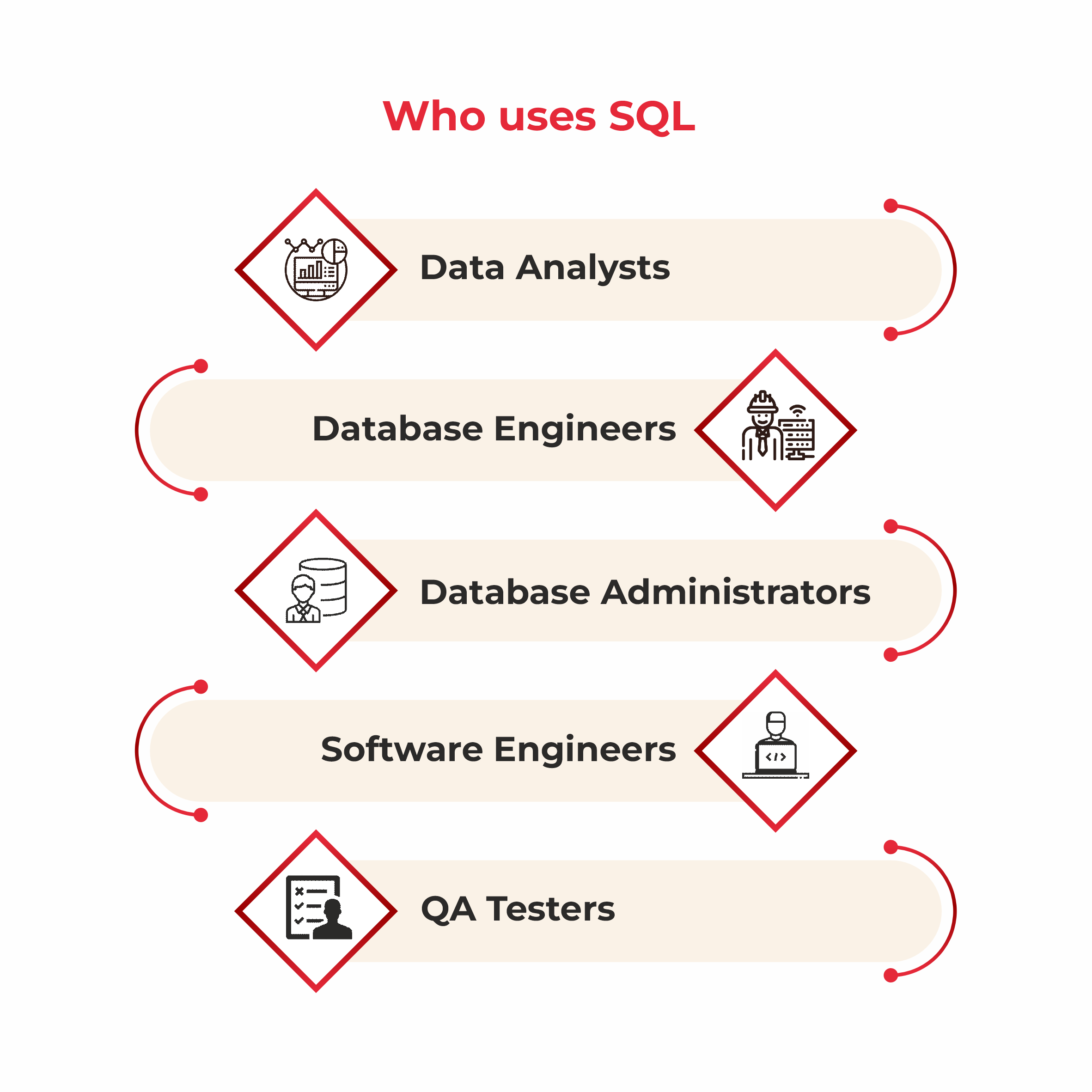For working professionals
For fresh graduates
- Study abroad
More
- Post Graduate Certificate in Data Science & AI (Executive)
- Gen AI Foundations Certificate Program from Microsoft
- Gen AI Mastery Certificate for Data Analysis
- Gen AI Mastery Certificate for Software Development
- Gen AI Mastery Certificate for Managerial Excellence
- Gen AI Mastery Certificate for Content Creation
- Post Graduate Certificate in Product Management from Duke CE
- Human Resource Analytics Course from IIM-K
- Global Master Certificate in Integrated Supply Chain Management
- Gen AI Foundations Certificate Program from Microsoft
- CSM® Certification Training
- CSPO® Certification Training
- PMP® Certification Training
- SAFe® 6.0 Product Owner Product Manager (POPM) Certification
- Post Graduate Certificate in Product Management from Duke CE
- Professional Certificate Program in Cloud Computing and DevOps
- Python Programming Course
- Executive Post Graduate Programme in Software Dev. - Full Stack
- AWS Solutions Architect Training
- AWS Cloud Practitioner Essentials
- AWS Technical Essentials
- The U & AI GenAI Certificate Program from Microsoft
SQL Courses
SQL is utilized to procure data, review the contents, and operate on any type of database or table. Let us understand the various in-detailed aspects of this topic.

SQL Course Overview
SQL (Structured Query Language) is a standard language for accessing and manipulating available data. SQL is a programming language that programmers utilize to supervise and manage raw data. When one says that SQL is a programming language, it doesn’t hold resemblances to other types of programming languages such as C, C++, Java, etc.
While Java, C++, and Python are used for developing websites, applications, etc., SQL is utilized to store, fetch, organize, and manipulate data according to the user's requirement. While Java and C++ are third-generation languages, SQL is established as a fourth-generation language.
Approved by the International Standard Organization and American National Standard Institute, SQL aims to provide the following features:![]()
1. DDL - Data Definition Language:
SQL provides many commands, one of which is DDL. Also referred to as the Data Description Language, it includes the commands used to define the data. This particular command contains within itself five more commands:
i) Create Command: It is used if the programmer wants to create a table.
Syntax: Create table table_name
{
Column_1 datatype;
Column_2 datatype;
…
Column_n datatype;
};
ii) Drop Command: If the programmer wants to delete the table inclusive of the contents of the table, then this command is used
Syntax: droptable table_name;
iii) Alter Command: If a programmer wants to alter the table's contents, such as adding or deleting the columns or rows, this command is used.
Syntax: altertable table_name
{
Add new_column_1 datatype;
Add new_column_2 datatype;
}
iv) Rename Command: When the programmer wants to change or alter the table's name, this command is used.
Syntax: renametable old table_name;
To new_table_name;
v) Truncate: When the programmer wants to delete the table contents without affecting the table structure, this command is used.
Syntax: Truncate table table_name;
2. DML – Data Manipulation Language:
After receiving raw data, the data must be supervised and manipulated into tables with proper structure. This is done by DML. The following commands are used to manipulate the data:
i) Insert Command: When the programmers want to insert a set of values into the table's structure, this command is used.
Syntax: Insert into table_name(column_1_name, column_2_name,…) values(value_1, value_2..)
ii) Select Command: When the programmer wants to select a piece of information from the structure of the table, then this command is utilized. It is one of the essential commands in SQL. However, there are many formats depending on the requirement type. Everyone should note that while using this command, the table contents must be full and not empty.
The syntax for displaying the information in the table:
Select * table_name;
iii) Update Command: When the programmer wants to update some information into an existing table, then this command is used
Syntax: Update table_name set;
Column_name1=value1, Column2_name1=value2;
. . . . .
Where condition();
iv) Delete Command: This command is used when the programmer wants to delete any content from the table or data from the table.
Syntax: Delete from table_name where condition;
3. Efficient Performance: As the data is being generated in a large number, manipulated using simple commands of Data Manipulation Language and Data Description Language, easy operations can be performed on them. Using SQL, queried data return vast sets of data very quickly. In most successful organizations, the people work on making optimal query plans for efficient and quick data manipulations.
4. Client-Server Interaction: The recent trend of client-server technology permits building relationships with many clients on one server. SQL offers commands that allow the client to access the database over a network using a simple application.
5. Authentication and Security: SQL approves authentication to users using credentials like usernames and passwords. It also assures that the required data is shown to the user while the original and authorized data is stored in a database management system.
Various studies are going on to work with data and determine their insights and knowledge. SQL queries are a hot topic in Data Science, Artificial Intelligence, and Machine Learning. Companies are paying a large amount to data science engineers and analysts to infer information from the data. Their role is to assure the company of their assets and enable the data the organizations require if the need arises. However, the common uses of SQL are as follows:
- Banking Systems, and stores, i.e., the finance industry, require SQL to back them up for data operation to carry out smooth transactions. However, extra security measures are necessary for banking systems as hacking is a security threat. This requires advanced SQL developers with experience in ethical hacking added with a hint of SQL language knowledge.
- Applications and Websites require SQL as there are databases that require the expertise of management. SQL developers usually perform operations on data to understand the users' needs of the applications and websites and what they are looking for.
- Digital marketing requires SQL. It involves data processing. Even Social Media Platforms such as Facebook, Instagram, and Twitter require the users to fill in their basic details such as name, email, profession, location, etc. SQL performs all these operations.
- Analyzes a huge amount of data to draw necessary insights to support business objectives.
- Optimizes and supervises databases.
- Ensures the storage, organization, and easy retrieval of data.
- Maybe involved directly or indirectly in managing the databases.
- Examines raw data to find errors and bugs in the software by performing operations like inserting queries in SQL and reporting the observations and changes
People interested in knowing how the applications work at their fingertips require a basic understanding of SQL. Learning SQL will only hone your skills as a developer and provide you with a knowledge of applications and their backend frame.
One can view in SQL many commands that can be utilized to build an application. It will help you manage the data and get noticed by large organizations that will expand your career. Apart from the basic understanding of SQL, one must realize that there is no requirement of writing thousands of lines of code or knowledge. It is easy to learn.
Apart from the Data Scientist interested in Artificial Intelligence, Machine learning, etc., the following are the ones who use SQL:
- Data Analysts: Analyze a vast amount of data to draw necessary insights to support business objectives.
- Database Engineers: Strategize, generates, and supervise databases.
- Database Administrator: Ensures the storage, organization, and easy retrieval of data.
- Software Engineers: They May be involved directly or indirectly in managing the databases.
- QA Testers or Engineers: Examines raw data to find errors and bugs in the software by performing operations like inserting queries in SQL and reporting the observations and changes.

Best Software Development Courses
Programs from Top Universities
upGrad’s computer software developer courses offer a deep dive into the world of software development. These software engineer classes are designed for both beginners and professionals, offering a solid foundation in computer software courses and practical applications in software engineering.
Software & Tech (0)
Loading...
upGrad Learner Support
Talk to our experts. We are available 7 days a week, 9 AM to 12 AM (midnight)
Indian Nationals
1800 210 2020
Foreign Nationals
+918068792934
Disclaimer
1.The above statistics depend on various factors and individual results may vary. Past performance is no guarantee of future results.
2.The student assumes full responsibility for all expenses associated with visas, travel, & related costs. upGrad does not provide any a.
